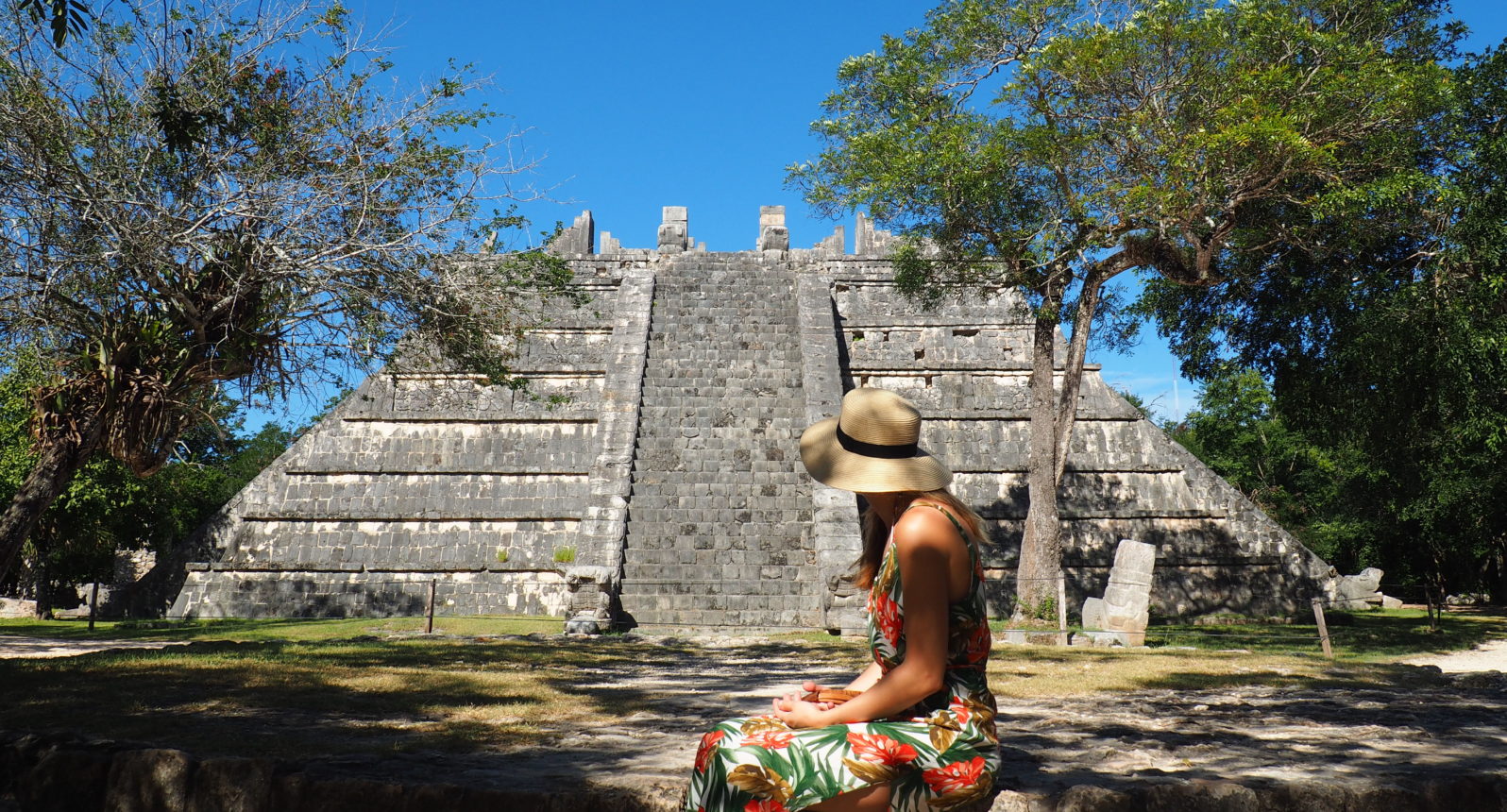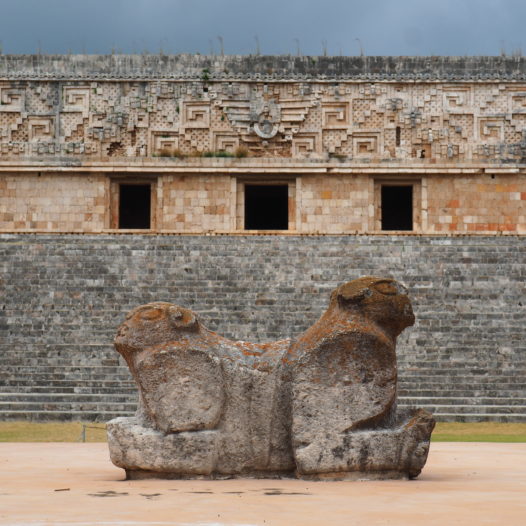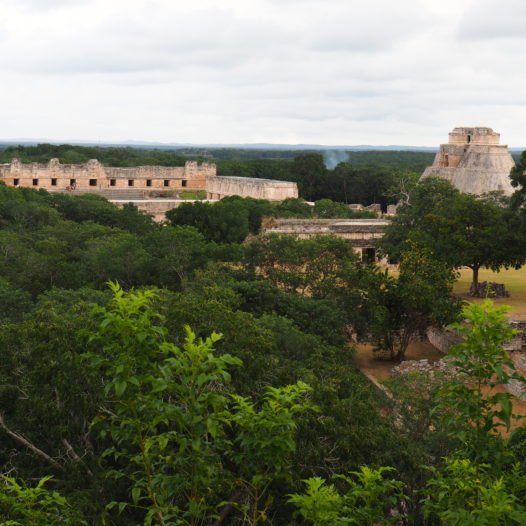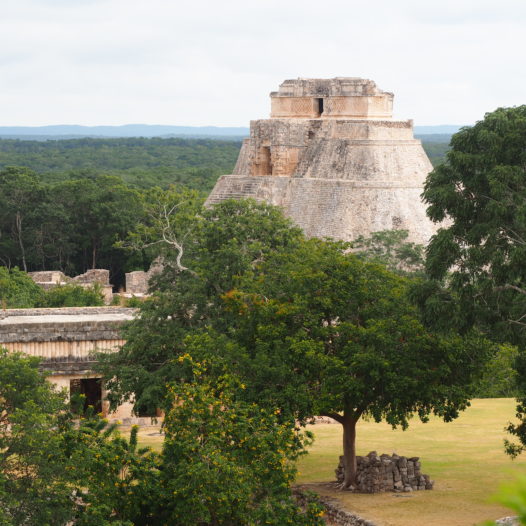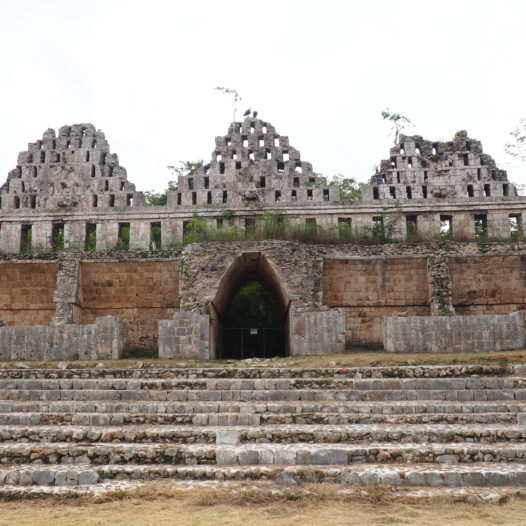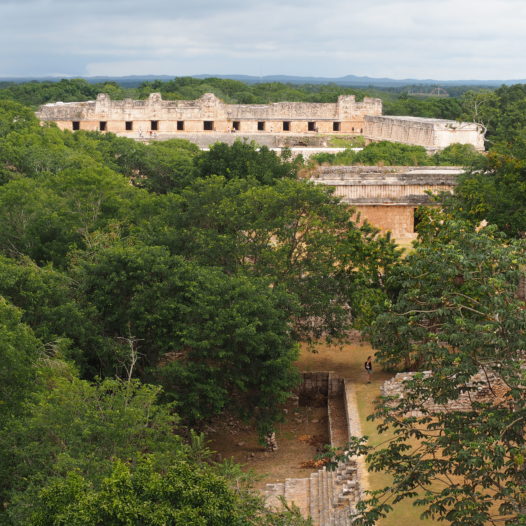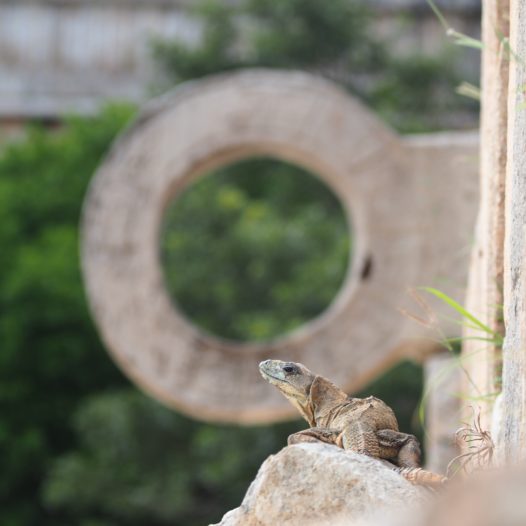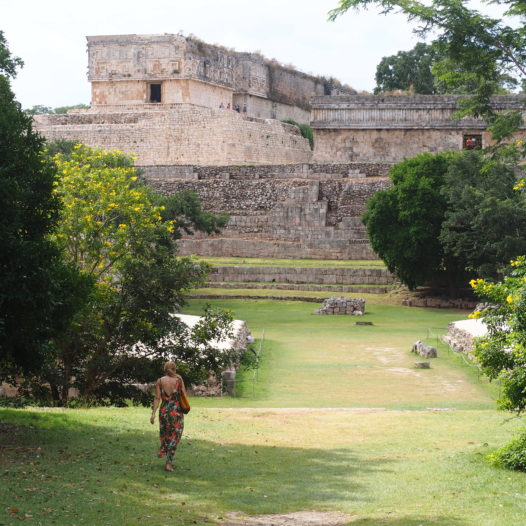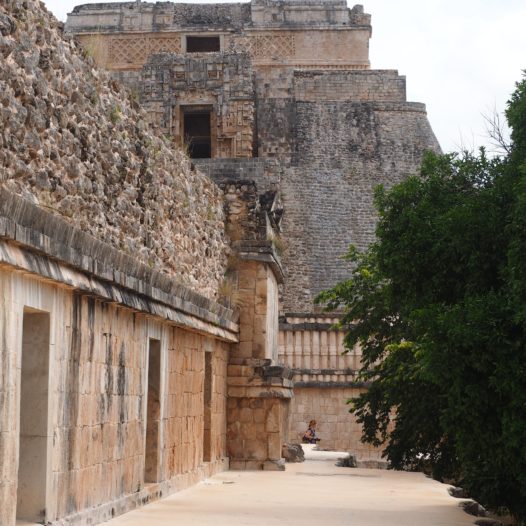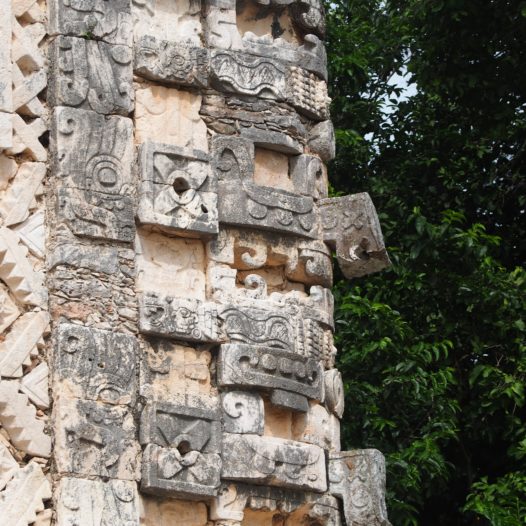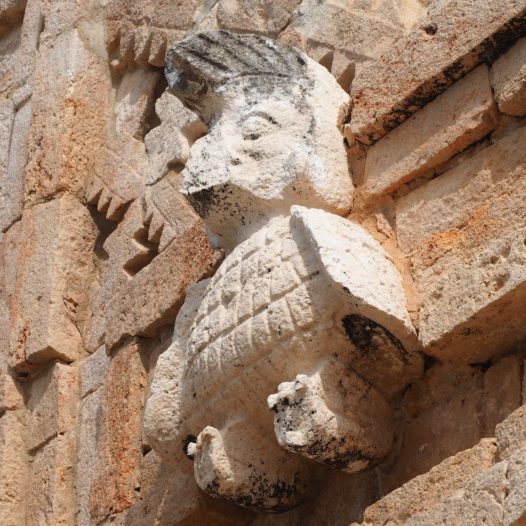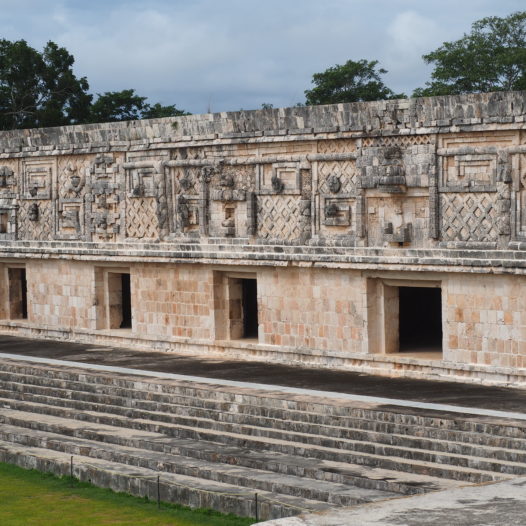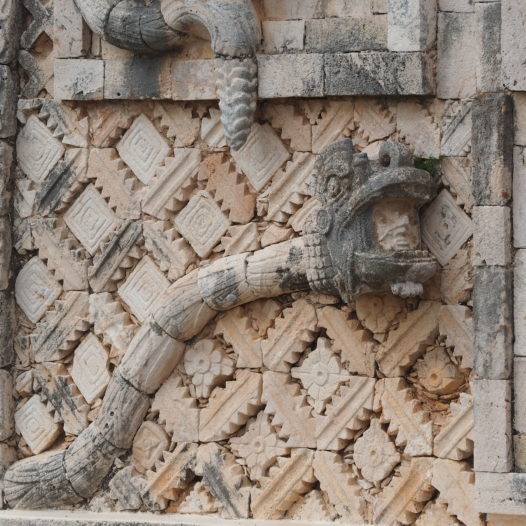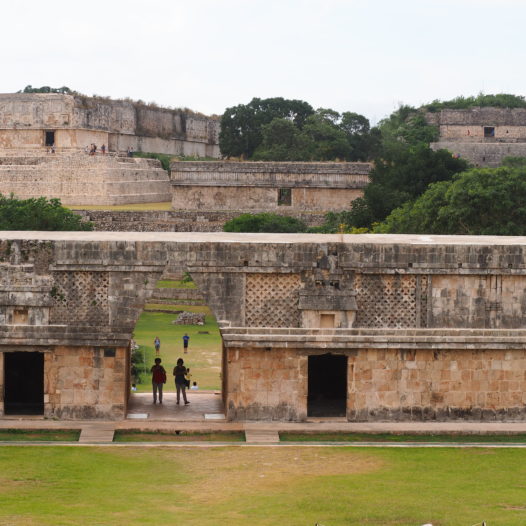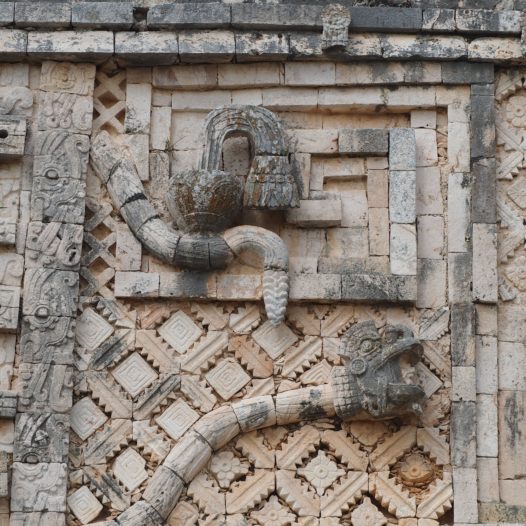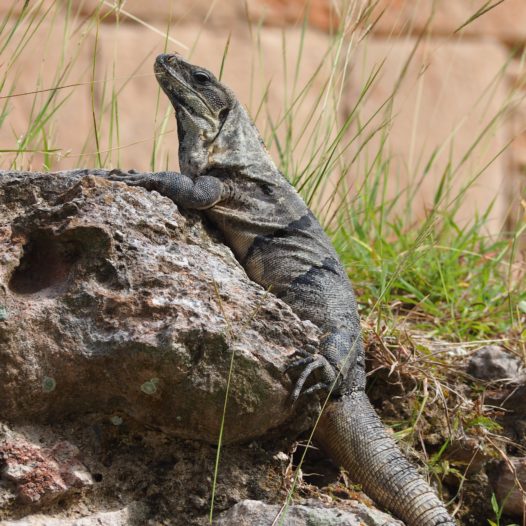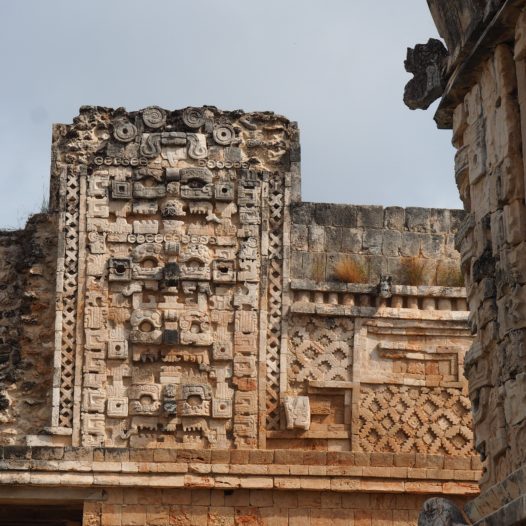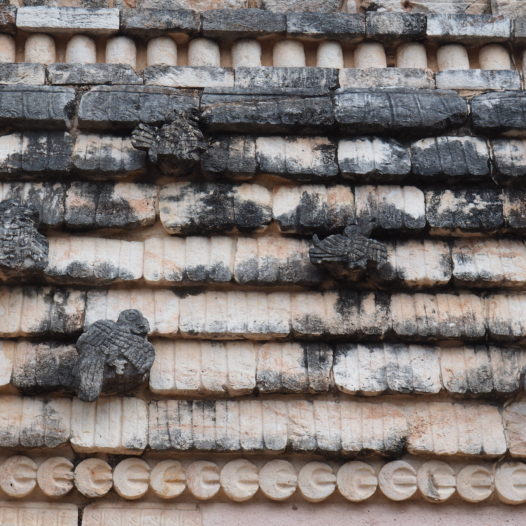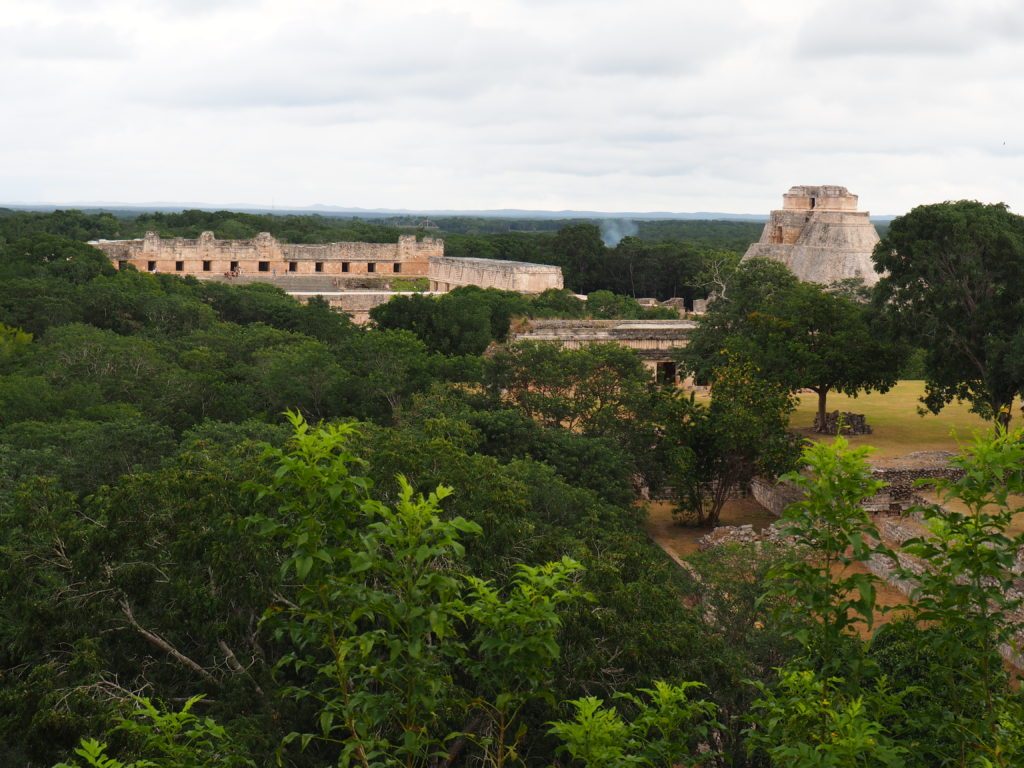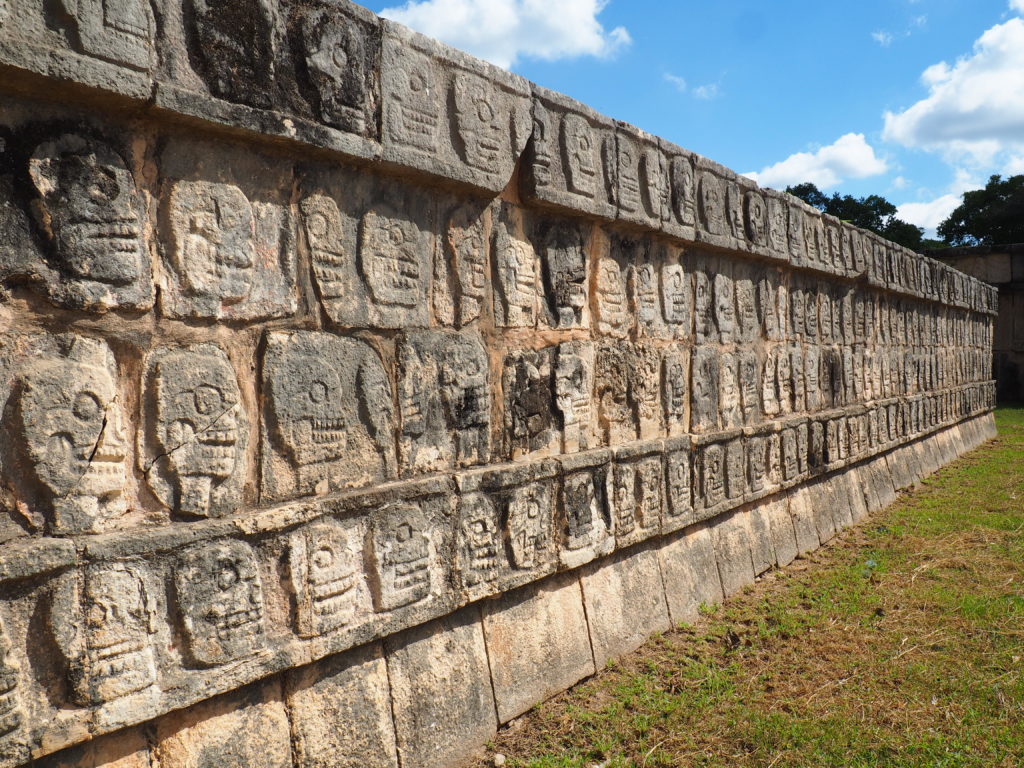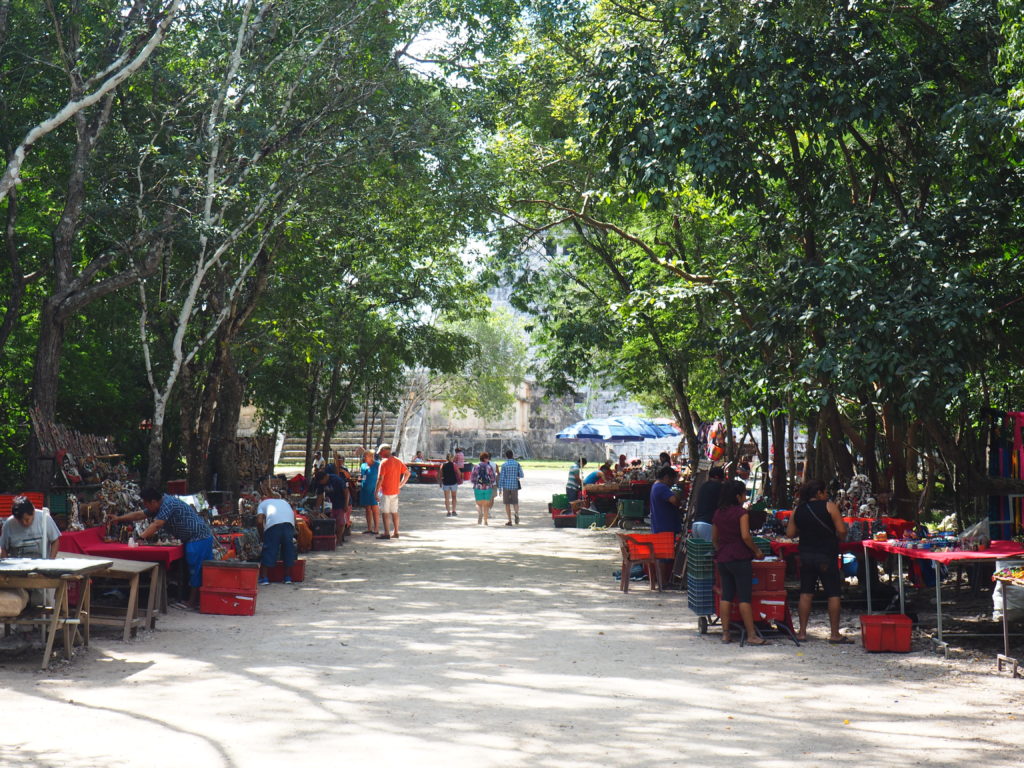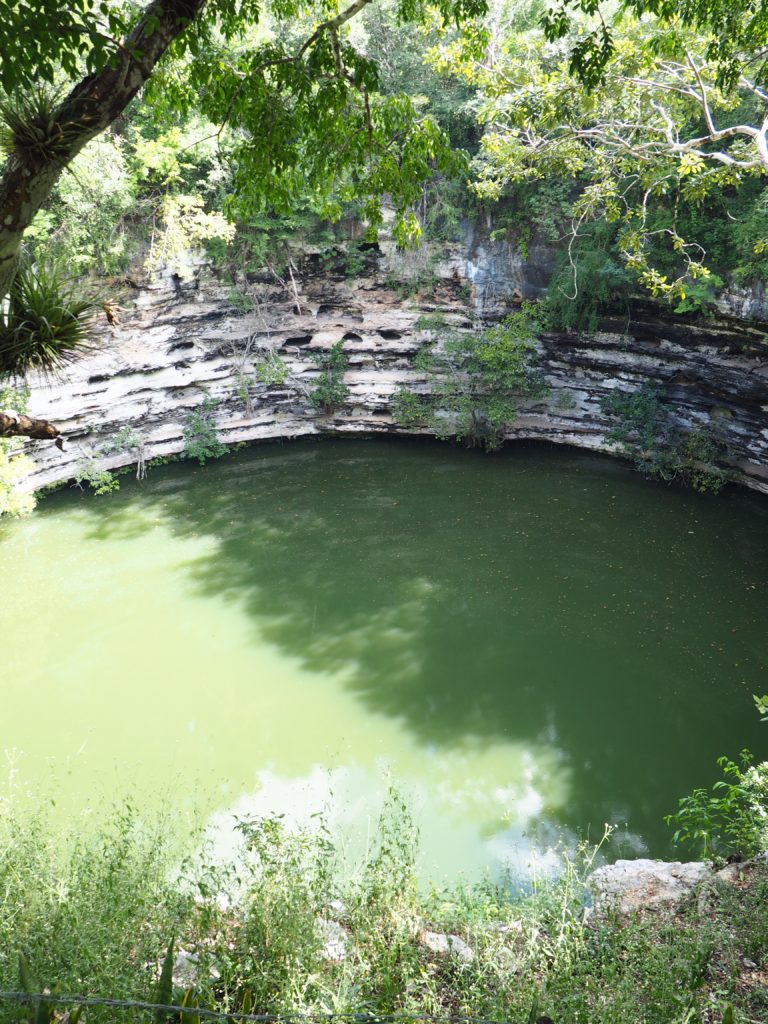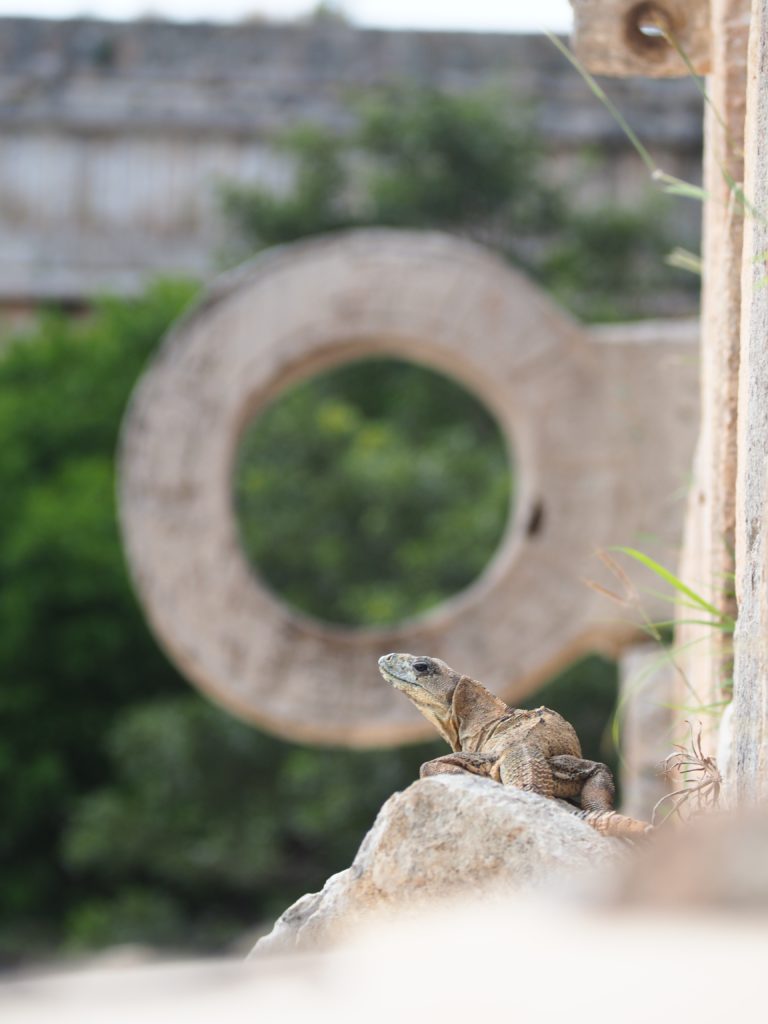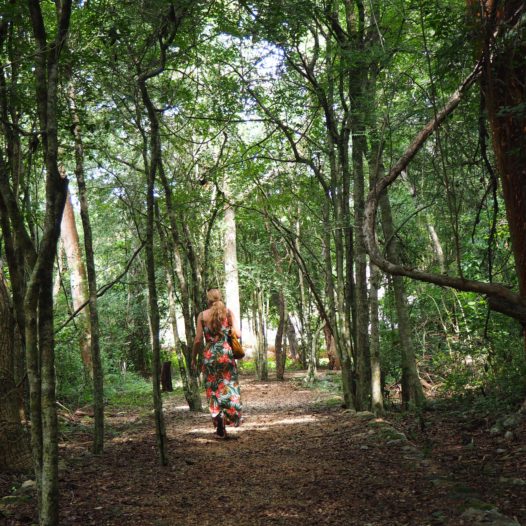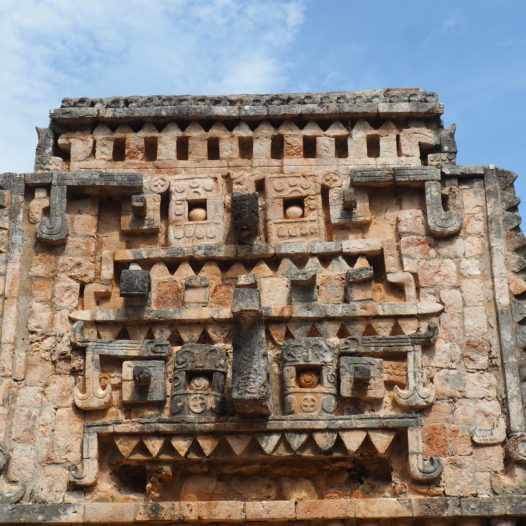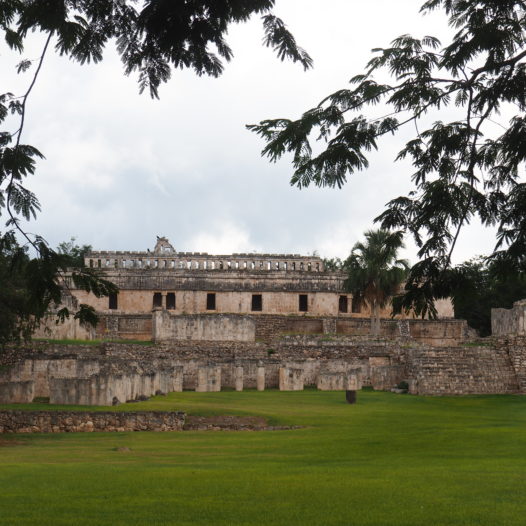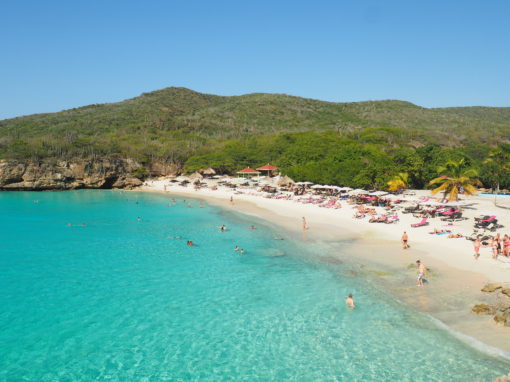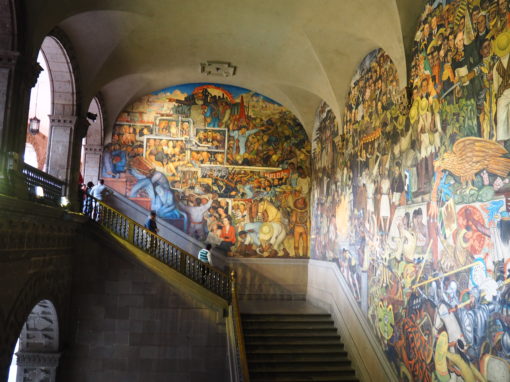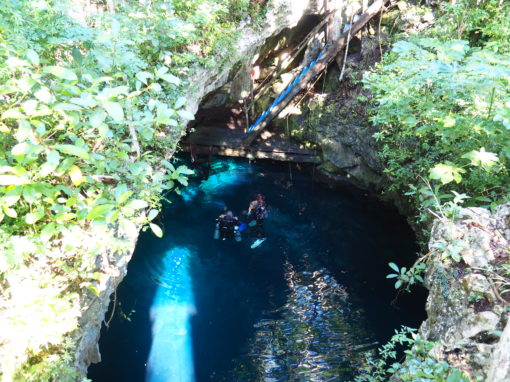While travelling around Mexico I realised once more that the Mayans were quite an interesting civilization. Especially since there’s still so little known about it. For hundreds of years, the Mayan people have continuously inhabited the lands comprising modern-day Mexico, Guatemala, Belize, El Salvador and Honduras.
I learned in the east of Mexico that the name ‘Maya’ is derived from the ancient Yucatan city of Mayapan; the people’s last capital before their civilization’s sudden downfall in the middle of the last millennium. On top of this sudden ending, much of the society remains shrouded in mystery and controversy and new pyramids – usually perfectly aligned with the stars – are still being discovered in Central America.
Many Mayan ruins and their secrets are probably still buried underground, yet the Yucatán peninsula really is dotted with excavated temples and therefore makes for a great visit if you want to get an awesome glimpse into this very advanced society.
The most popular destination in the area of Yucatán for sure is Chichén Itza. But the lesser known Uxmal is on the rise as well. So which one to choose if you don’t have time to visit both? I’m gonna do a little comparison in here, just to see where you can experience Mayan history best on the peninsula.
But first some visual impressions of both, just to show you what we’re talking about in here:
Chichén Itza:
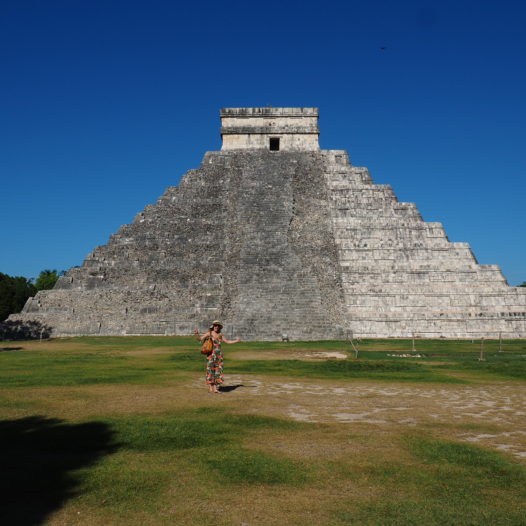
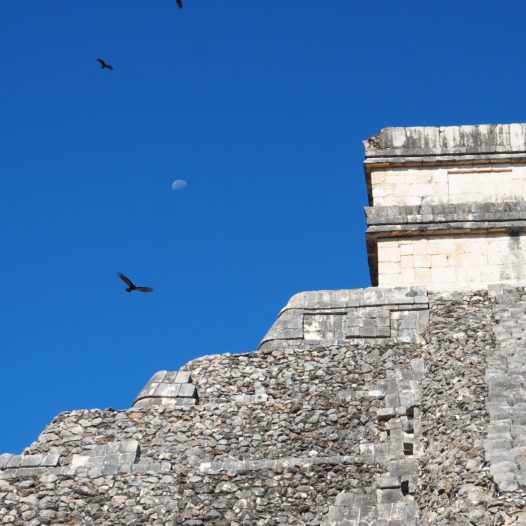
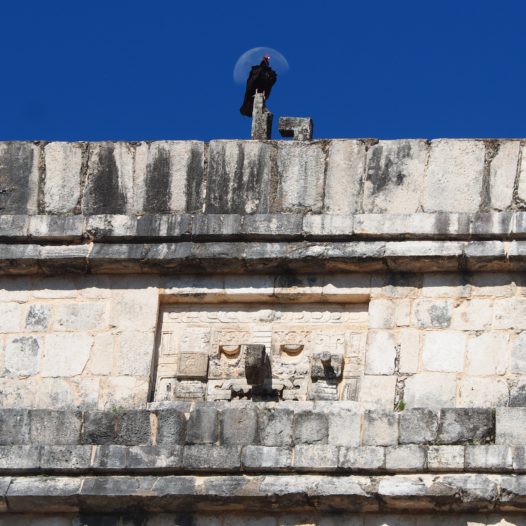
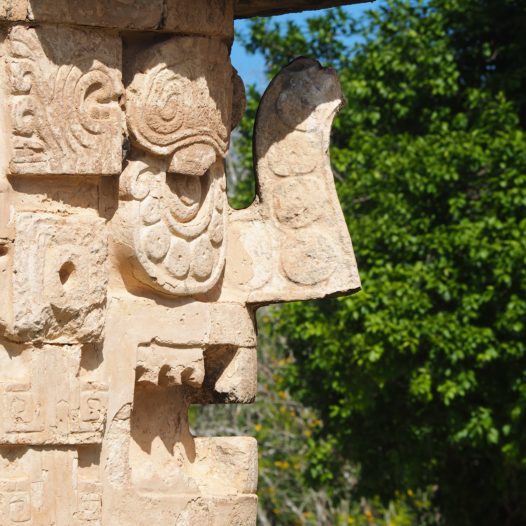
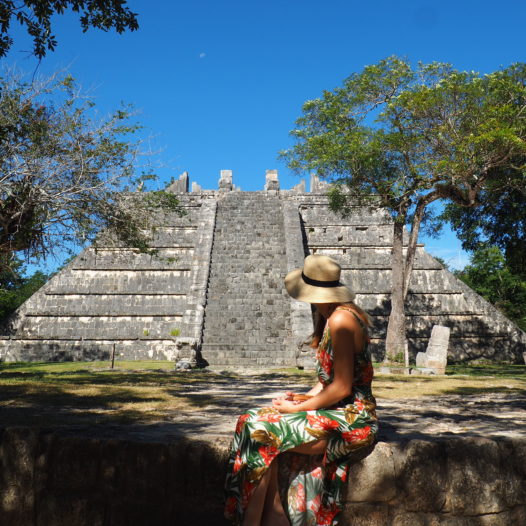
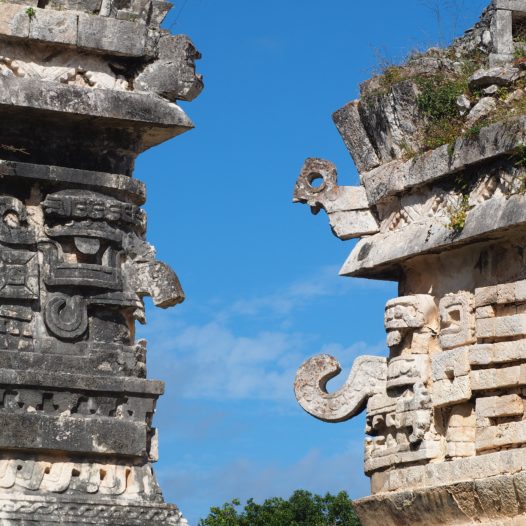
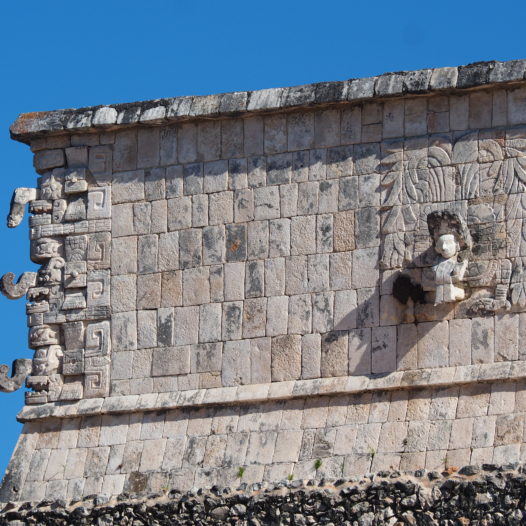
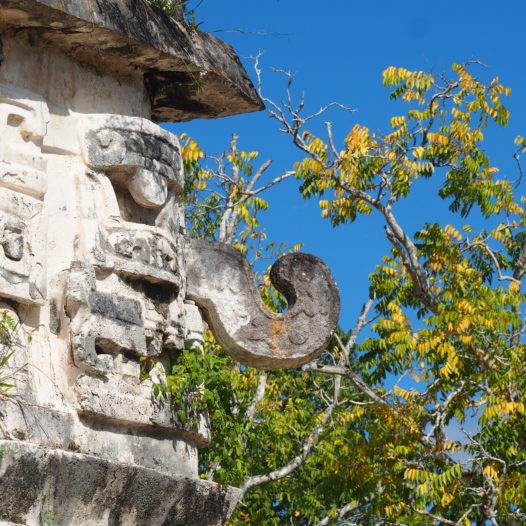
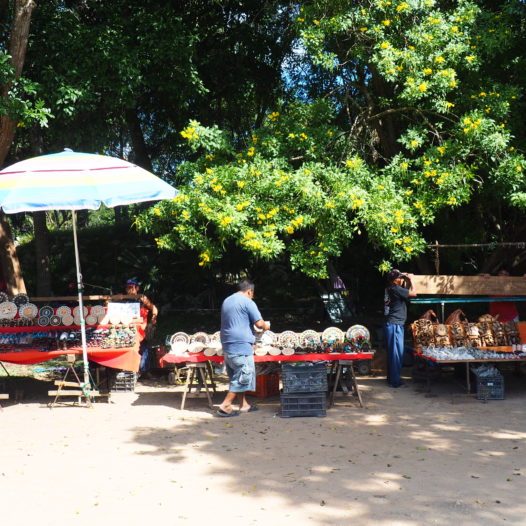
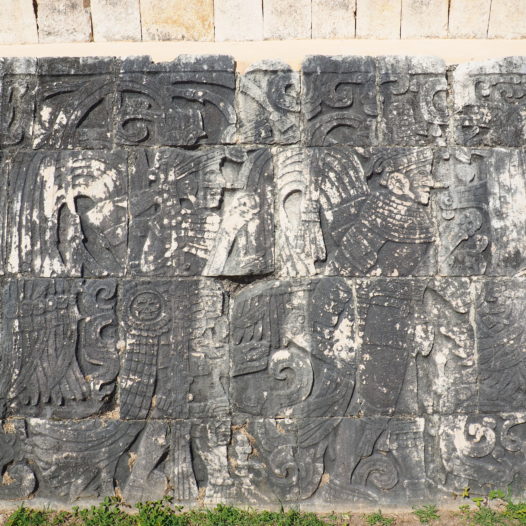
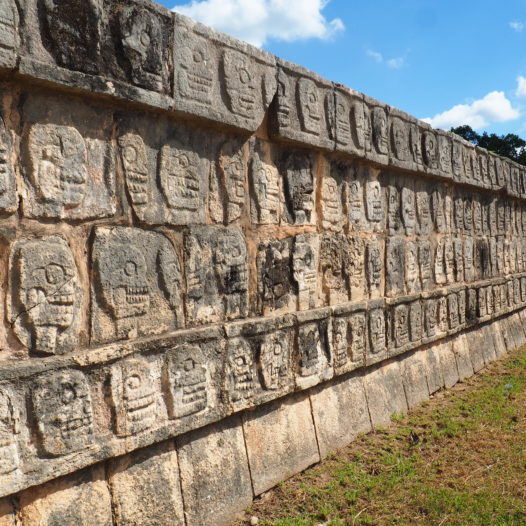
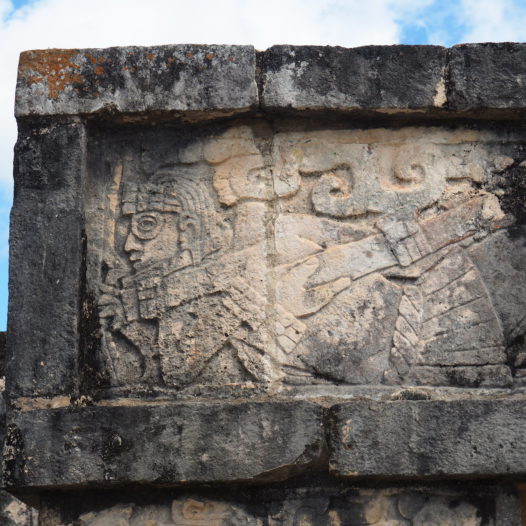
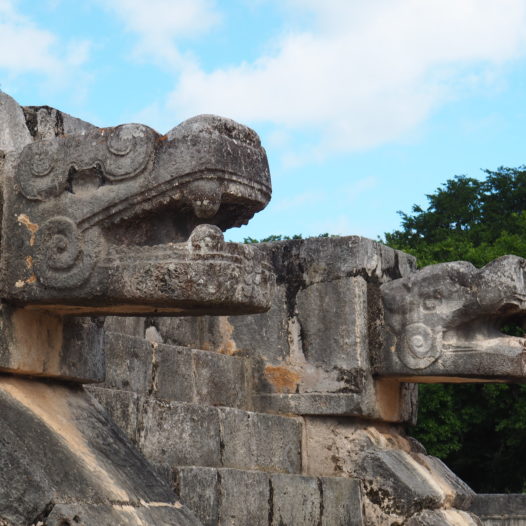
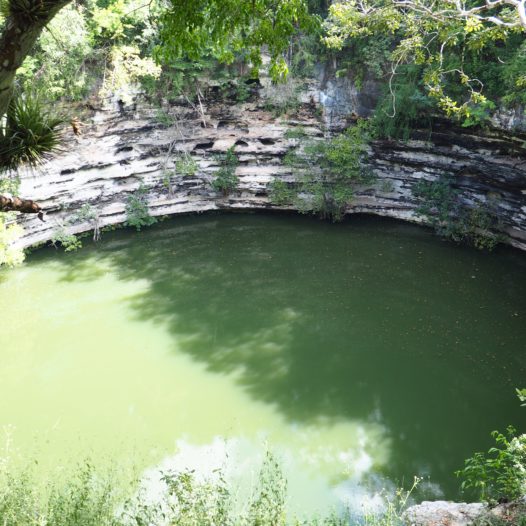
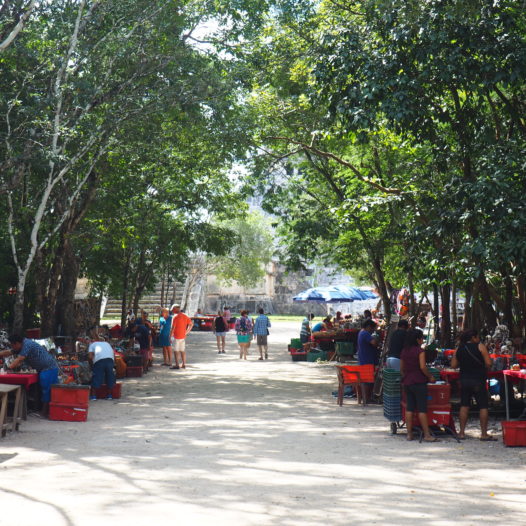
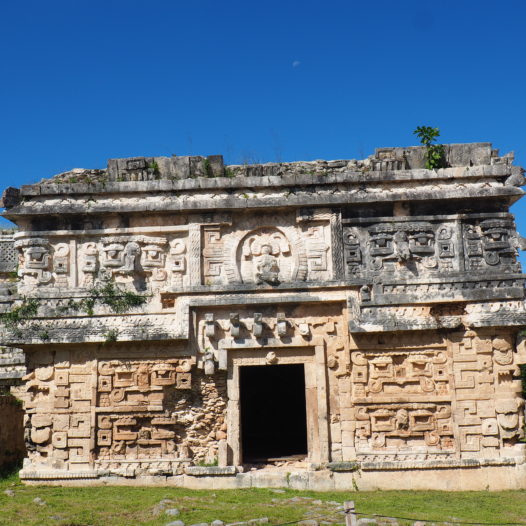
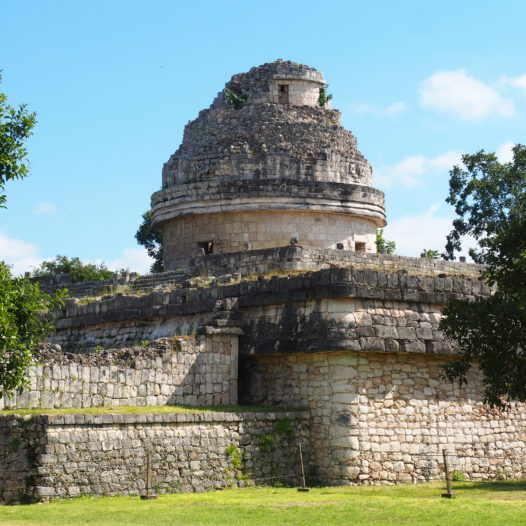
Uxmal:
The Comparison:
There we go: comparing both Chichén Itza and Uxmal in terms of sheer size / best jungle vibes / reachability / the beauty of the pyramids / the amount of people / how touristy it is / the prices / the cenotes and the amount of wildlife. A thorough investigation right?!
Sheer size
Let’s start with the dimensions of both pyramid complexes.
Chichén Itza is huge, with various ruins in different states of repair and reconstruction. I can’t deny that.
Nevertheless, I recall standing on one of the pyramids in Uxmal and thinking about how impressively big that area was as well. So I think the difference is minimal. For both you might want to take something like an hour or two to see it all.
Conclusion: the same
Jungle vibes:
This is an easy one: the big advantage of Uxmal being so remote means that it also feels way more secluded. In addition, many of the ruins are at higher elevations, providing wonderful views of the entire complex. It’s a bit the same like Tikal or Yaxha in Guatemala.
All around Chichén Itzá you’ll find hotels, which is convenient, but also makes it less of an ambitious Mayan experience.
Conclusion: Uxmal feels more real and ‘wild’ ↓
Reachability
Adding to that previous touchstone, obviously you also need to make a bit of an effort in order to visit Uxmal. In case you’re driving from Mérida to the coast, it’s easy to include Uxmal in the itinerary. Other than that, visiting Uxmal takes quite a detour.
Conclusion: Chichén Itzá is an easy drive from the Riviera Maya. Uxmal simply is not.
Decoration:
As you can see upon viewing the pictures, both the buildings in Uxmal and Chichén Itzá are very nicely decorated. Even after centuries of neglect, these markings are still clearly visible. In case you’ve been to Copán in Honduras, you’ll already know that the maya people did not like things plain and simple. Obviously they needed to keep themselves occupied while living that remote in the jungle!
I was a tad more impressed by the hieroglyphs of Chichén Itzá. Especially at the ‘Plataforma de las Águilas y los Jaguares’ (literally: the platform of the eagles and jaguars) you can see such gorgeous engravings, with a lot of skulls and mighty animals. They were meant to scare of other tribes. And impress its visitors half a millennium later
Conclusion: both temple complexes have a lot of gorgeous decorations, but the ones of Chichén Itzá are perhaps a little more impressive – in my opinion. But this is only because I have to choose.
Conclusion: Chichén Itzá ↓
The amount of people
Uxmal is located way more inland and therefore for sure less popular for a day trip compared to Chichén Itzá. And you can feel it when you’re there. Even when the big buses arrive in Uxmal (around 11 am), you’ll still encounter wayyy less people in here compared to Chichén Itzá.
Conclusion: Uxmal feels less crowded
How touristy?
Due to the enormous amount of guides, people and shops at the beginning of Chichén Itzá, this complex feels already huge before you’ve actually entered it. Although you’ll find all of this hustle and bustle as well in Uxmal, everything is just a lot more relaxed and less pushy.
There’s also a notable difference after entering the ruins. Shops and vendors are not allowed at Uxmal (or at least I didn’t see any). At Chichén Itzá there are no restrictions.
At Chichén Itzá I was absolutely appalled by the many people non-stop asking whether you want a crappy shirt, bottle of water or another mask. The vendors are lined up along the way to the bigger hotspots, so you basically have to cross áll of them and hear áll of their offerings. I thought it was just só annoying and só commercialized and that really was the biggest minus for me visiting Chichén Itzá. I don’t think I’ve ever said so many times “No gracias” in a row.
Without all of these vendors the area would have such a bigger charming effect and it wouldn’t feel like a tourist trap. If only they’d manage the place a little better.
Also, because there are so many people in Chichén Itzá, you’re not allowed to walk on any of the ancient structures. That makes sense, just imagine the temple being swarmed by people day after day; the ruins would dilapidate even faster.
Therefore climbing the temples and other buildings in Uxmal really was a highlight. Although you’re not allowed to climb the largest pyramid, there is a smaller, but still daunting, pyramid that you in fact can climb.
Conclusion: Chichén Itza is way more touristy ↓
Dinero
Chichén Itzá has an entrance fee of $242 MXN for foreigners ($172 for the ticket + $70 tax)
Uxmal has an entrance fee of $223 MXN for foreigners. ($153 for the ticket + $70 tax). At both sites both tickets will be checked on entry.
Conclusion: the difference is minimal, but the price is slightly better at the ruins of Uxmal
Cenotes
I can’t recall seeing any cenotes in Uxmal. Chichén Itzá even has two freshwater sinkholes at its property (as far as the map shows): Cenote Sagrado en Cenote X’toloc. The last one is barely visible, but the Cenote Sagrado is worth a little stop. This place was used for offerings and archeologists still haven’t been able to explore it in its entirety.
Conclusion: Chichén Itzá has ’em, Uxmal does not
Wildlife
The more people you have, the lesser wildlife you’ll see. A pretty general rule and apart from Yellowstone in the USA I think I’ve seen it applied everywhere throughout my travels. So, as there are more people in Chichén Itzá and less in Uxmal, I did encounter more wildly creatures in Uxmal.
In Uxmal you’re surrounded by birds. Also, iguanas will pop up from every corner over there, hiding in the darker parts of the ruins. Don’t be scared of them by the way; if you’re not trying to touch them they, they won’t hurt you either!
Conclusion: Uxmal is a better home for the animals ↓
Anything else?
Yes there’s more… a less curated Mayan experience! Uxmal is located along the Ruuta Puuc, a 41 km / 25 miles network of secondary roads through the west of Yucatán that leads along several Mayan cultural heritages. ‘Puuc’ means hill, so brace yourself for some bends in here too :).
Uxmal is the biggest and most impressive site for sure on this route, but there are five other complexes – in reasonable close proximity to one another – that all have their different typical characteristics. They served various purposes to the Mayas.
If you have the time and really want to dive deep into that Mayan jungle feel, then this is your place to be.
Apart from Uxmal, the other places haven’t been restored yet and therefore they all feel a bit more authentic, if only because the visitors paths aren’t entirely constructed yet.
Conclusion: Close to Uxmal you can explore a lot of other, lesser known maya ruins as well! ↓
So… what’s the score under the line?
In hindsight I was absolutely more impressed by the calm vibes of Uxmal, as you may understand after reading all of these things. Maybe this is also because Chichén Itzá is just so popular and hyped. It was just one of the few stops on the Yucatan Peninsula I’d already heard about for such a long time. So if the expectations are high, it can only but disappoint (a bit I guess). Especially if you hate crowds and excessive consumerism.
At the same time, just because you might have heard so many stories about Chichén Itzá as well, you don’t want to skimp on it either probably. It is labeled as one of the current ‘Seven wonders of the world’ after all. It would feel as if you’re missing out perhaps if you’d just drive by and not go in. But the touristy vibe of Chichén Itzá absolutely diminishes the experience.
Obviously if you have the time: do both, just to avoid that fomo-feeling! Apart from that the best tip for either Uxmal and Chichén Itzá is: be there in time. Try to make it when the ticket boots open. The vendors won’t be there yet in Chichén Itzá (they’ll arrive something like an hour later. And if you already see them, at least they still have to unpack their stuff, so they won’t try to sell you anything yet..).
Regarding Uxmal.. at the start of the day you might even have the place entirely to yourself. Seeing the pyramids rise up in front of you while the birds are singing and the jungle is still warming up is unforgettable.
Here’s where to find both!
